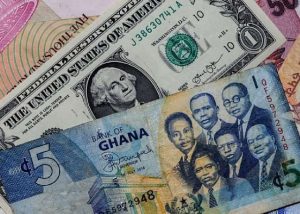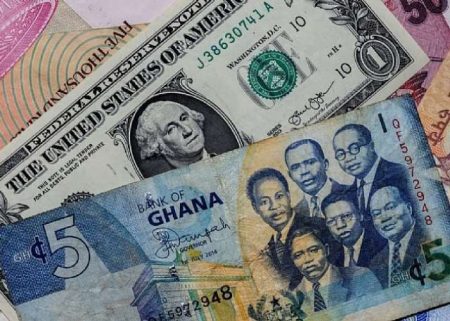The Nigerian financial landscape witnessed notable shifts in key monetary indicators during the first quarter of 2025, reflecting the Central Bank of Nigeria’s ongoing efforts to manage inflation, maintain economic stability, and bolster the banking sector. A prominent trend was the decline in the total amount of naira in circulation, a metric representing the physical currency accessible for daily transactions, investments, and savings. This figure decreased to N5 trillion in March 2025, down from N5.04 trillion in February and N5.24 trillion in January. This controlled reduction in currency circulation serves as a mechanism to curb inflationary pressures and promote overall economic equilibrium. Conversely, the CBN’s bank reserves, crucial for ensuring liquidity and financial stability, experienced a steady increase, reaching N28.52 billion in March, up from N27.57 billion in February and N27.43 billion in January.
The decline in naira circulation represents a deliberate policy shift compared to the same period in the previous year. In March 2024, the currency in circulation had risen to N3.87 trillion, reflecting a different economic context and monetary policy approach. This year-on-year comparison highlights the CBN’s proactive stance in adapting its strategies to address evolving economic realities. The decrease in currency circulating within the economy can be attributed to a combination of factors, including the CBN’s monetary tightening measures aimed at controlling inflation and stabilizing the exchange rate. Furthermore, the increasing adoption of digital payment systems may have contributed to a reduced reliance on physical cash for transactions.
The contrasting trends observed in currency circulation and bank reserves reveal a multi-pronged approach by the CBN to manage liquidity and ensure financial stability. While the reduction in circulating naira addresses inflationary concerns, the simultaneous increase in bank reserves serves as a buffer against potential financial shocks. This strategic balance underscores the CBN’s commitment to navigating the complexities of the Nigerian economy and safeguarding its financial integrity. The build-up of bank reserves provides a cushion for the banking system, enhancing its resilience and ability to withstand unforeseen economic fluctuations. This укрепляет confidence in the financial sector and promotes stability within the broader economy.
Furthermore, the CBN’s special intervention reserves, designed to address specific economic challenges and provide targeted support, remained unchanged at N284.36 million throughout the first quarter of 2025. This stability suggests a consistent allocation of resources towards these specific interventions, indicating a sustained focus on addressing particular economic sectors or issues. The unchanged special intervention reserves may reflect ongoing projects or initiatives that require a consistent level of funding. It is plausible that these reserves are earmarked for specific purposes, such as supporting critical sectors or providing relief during economic downturns.
Comparing the first quarter of 2025 with the same period in 2024 reveals a significant shift in the money supply dynamics. While the first quarter of 2024 witnessed a steady rise in currency in circulation, reaching N3.63 trillion by March, the beginning of 2025 saw a decline. This reversal indicates a change in the CBN’s monetary policy stance, moving from a period of expansion to one of controlled contraction. The earlier increase in currency circulation in 2024 likely aimed to stimulate economic activity, while the subsequent decrease in 2025 reflects an effort to curb inflation and manage liquidity.
The overall trend in the first quarter of 2025 points towards a tighter monetary policy by the CBN, prioritizing price stability and financial system resilience. The decline in naira circulation, coupled with the increase in bank reserves, suggests a concerted effort to manage liquidity and mitigate inflationary pressures. This approach is consistent with the CBN’s broader mandate to maintain macroeconomic stability and foster sustainable economic growth. The strategic maneuvering of these key monetary indicators demonstrates the central bank’s responsiveness to the changing economic landscape and its commitment to navigating the complexities of the Nigerian economy. The careful management of currency circulation, bank reserves, and special intervention reserves provides a balanced approach to achieving both short-term stability and long-term sustainable growth.














